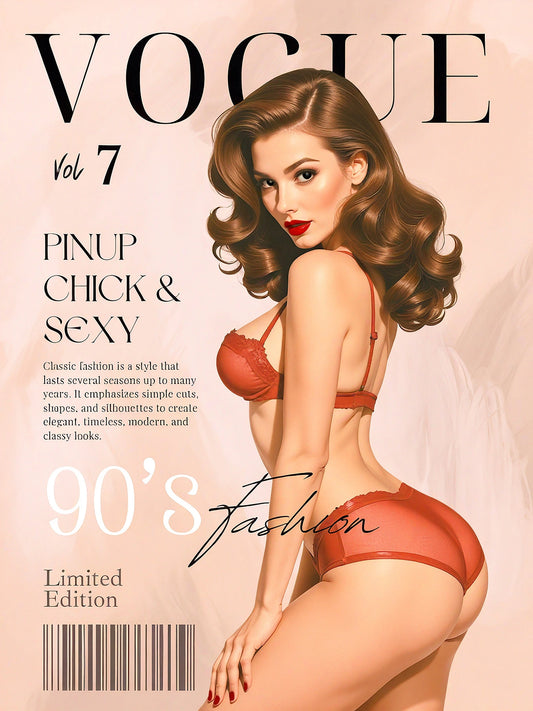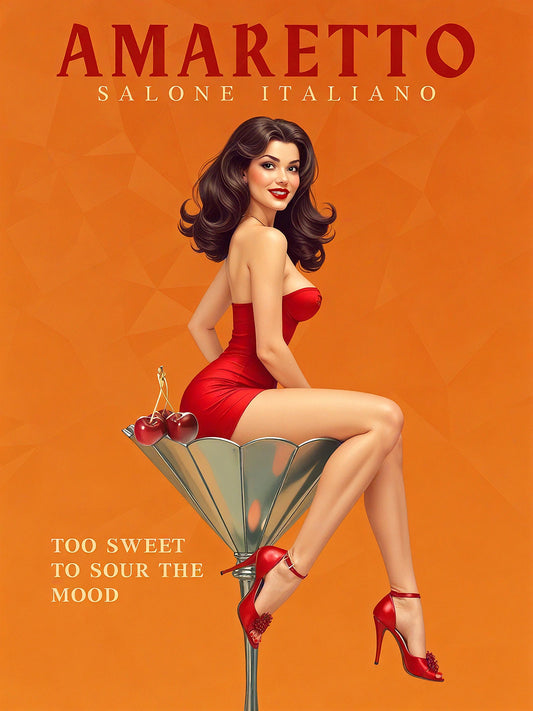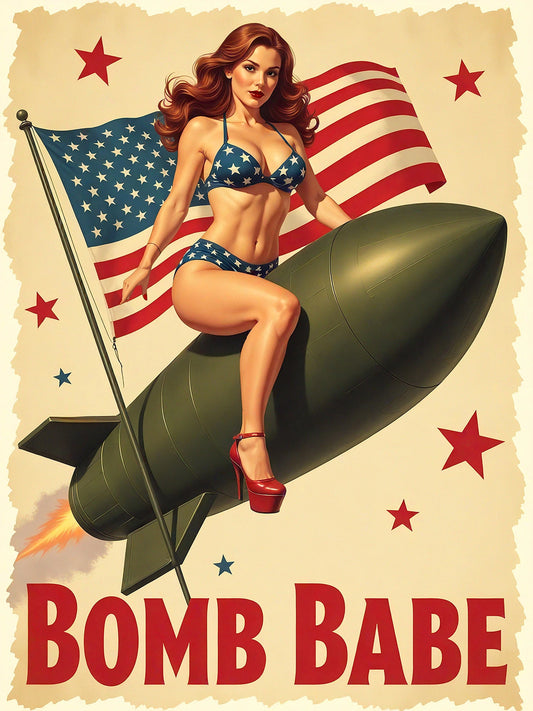Introduction
The battlefield wasn’t the only place where courage and strength were shown during World War II. On lockers, barracks, and aircrafts, WWII pin up models became symbols of bravery, charm, and national pride. These glamorous icons weren’t just beautiful—they represented everything soldiers were fighting for.
From posters to paintings, the influence of these world war 2 pin up girls reshaped the way women were portrayed and perceived. In this tribute, we explore their origin, impact, and lasting legacy in both pinup art and popular culture.
Who Were the WWII Pin Up Models?
WWII pin up models were actresses, singers, and illustrated women who embodied an ideal of confidence, beauty, and patriotism. These were not just pictures—they were morale boosters and emotional lifelines for soldiers overseas.
Famous WWII pin up names include:
-
Betty Grable – Her iconic swimsuit photo was the #1 pin up of the war.
-
Rita Hayworth – Known for her red lips and sensuality.
-
Jane Russell – The ultimate mix of glam and strength.
-
Vargas Girls – Illustrated by Vargas artist Alberto Vargas, they were known for their flawless curves and dreamy elegance.
These women became WWII pin up models not just because of their looks, but because they radiated hope and femininity during a time of chaos.
What Made a WWII Pin Up Unique?
The pin up style during the 1940s had its own distinct features:
-
Playful poses that hinted, not revealed
-
Patriotic themes (American flags, military gear)
-
Modest yet seductive fashion—high-waisted shorts, sailor outfits, and red lipstick
-
Soft lighting and idealized beauty, especially in pinup art
Unlike modern adult imagery, these models expressed sensuality with class, courage, and charisma. They were a pin up, not a pin-down.
The Role of Artists in the Movement
While real-life celebrities became models, artists like Vargas, Elvgren, and Zoë Mozert were just as responsible for shaping the visual style. Their artwork turned these women into timeless icons of Americana.
Vargas girls, in particular, were known for:
-
Graceful poses
-
Airbrushed realism
-
Idealized curves
-
Ethereal beauty
These illustrations defined WWII pinup art and influenced generations of modern pinup models.
The Cultural Impact
The WWII pin up girl helped:
-
Empower women to embrace their beauty
-
Redefine femininity in the face of war
-
Launch a global aesthetic trend
-
Inspire fashion, tattoos, and custom pin up portraits that still thrive today
From vintage posters to digital recreations, their look lives on in custom portraiture—like the art created at Pinup Portrait.
🖼️ Bring Their Legacy to Life
We create custom portraits inspired by these iconic women. Whether you’re drawn to the elegance of Vargas girls or the boldness of 1940s fashion, you can step into history with your own modern twist.
✅ Call to Action
Want to honor the look of WWII pin up legends?
👉 Order your custom pin up portrait and transform your photo into a tribute to strength, beauty, and vintage charm.
❓ FAQ Section
Q1: Who were the most famous WWII pin up girls?
A1: Betty Grable, Rita Hayworth, and the illustrated Vargas girls were among the top WWII pin up icons.
Q2: What is a WWII pin up model?
A2: A WWII pin up model was a symbol of morale, beauty, and hope during wartime—either through photography or illustration.
Q3: Were these models considered provocative in their time?
A3: Not by today’s standards. They were glamorous and cheeky, but respectful, representing idealized femininity, not explicit content.
Q4: How is this different from modern pinups?
A4: Modern pinups draw inspiration from the 1940s, but may include more diverse looks and themes. The core aesthetic—bold, vintage glam—remains.
Q5: Can I get a WWII-inspired custom portrait?
A5: Yes! Pinup Portrait specializes in WWII-style digital artwork based on your photo, giving you the vintage look you love.





